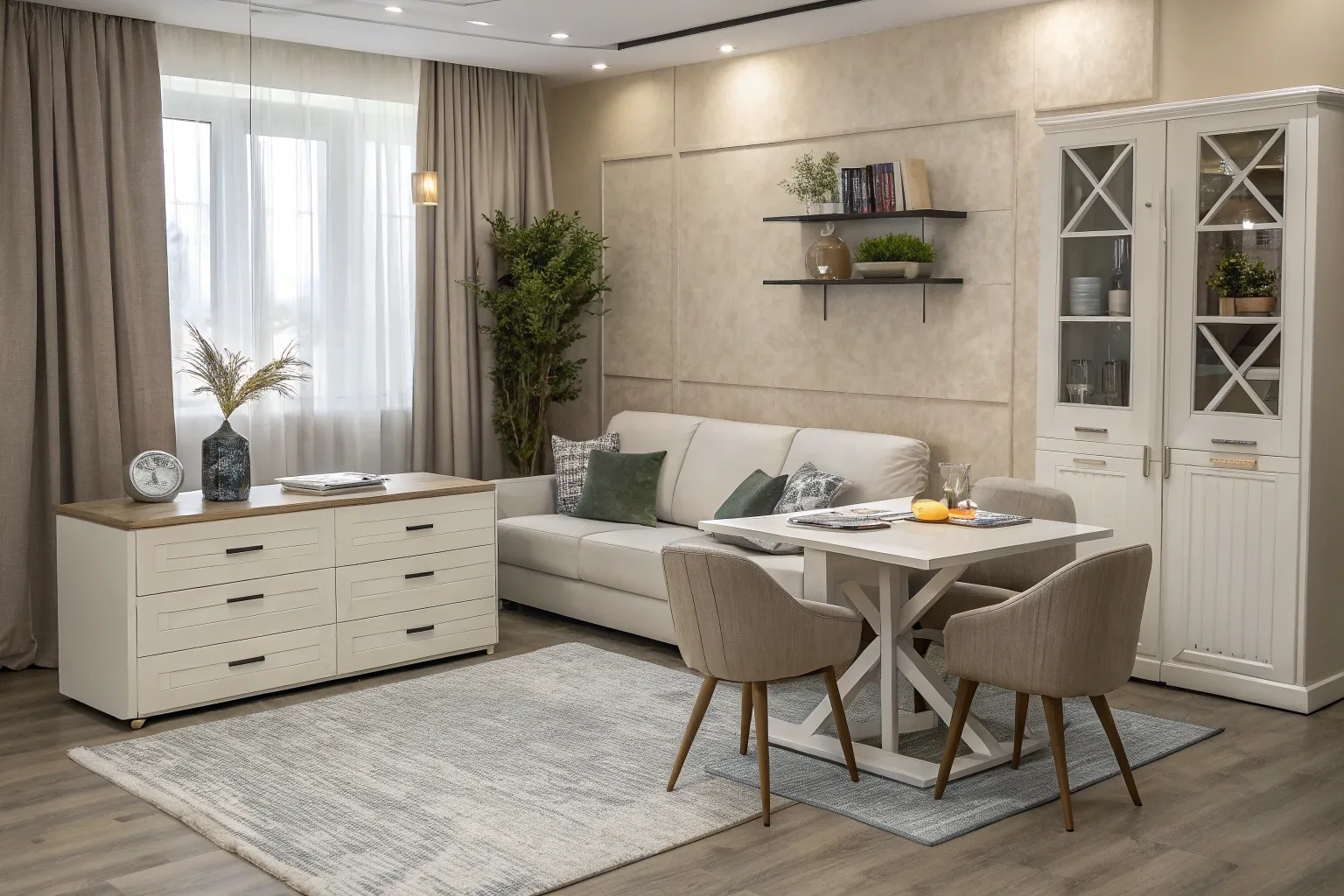Transforming your living space doesn’t always require purchasing new items—sometimes the most elegant solutions come from reimagining what you already own. The key to maximizing both space and style lies in selecting furniture that serves multiple functions seamlessly.
Understanding Multi-Functional Design
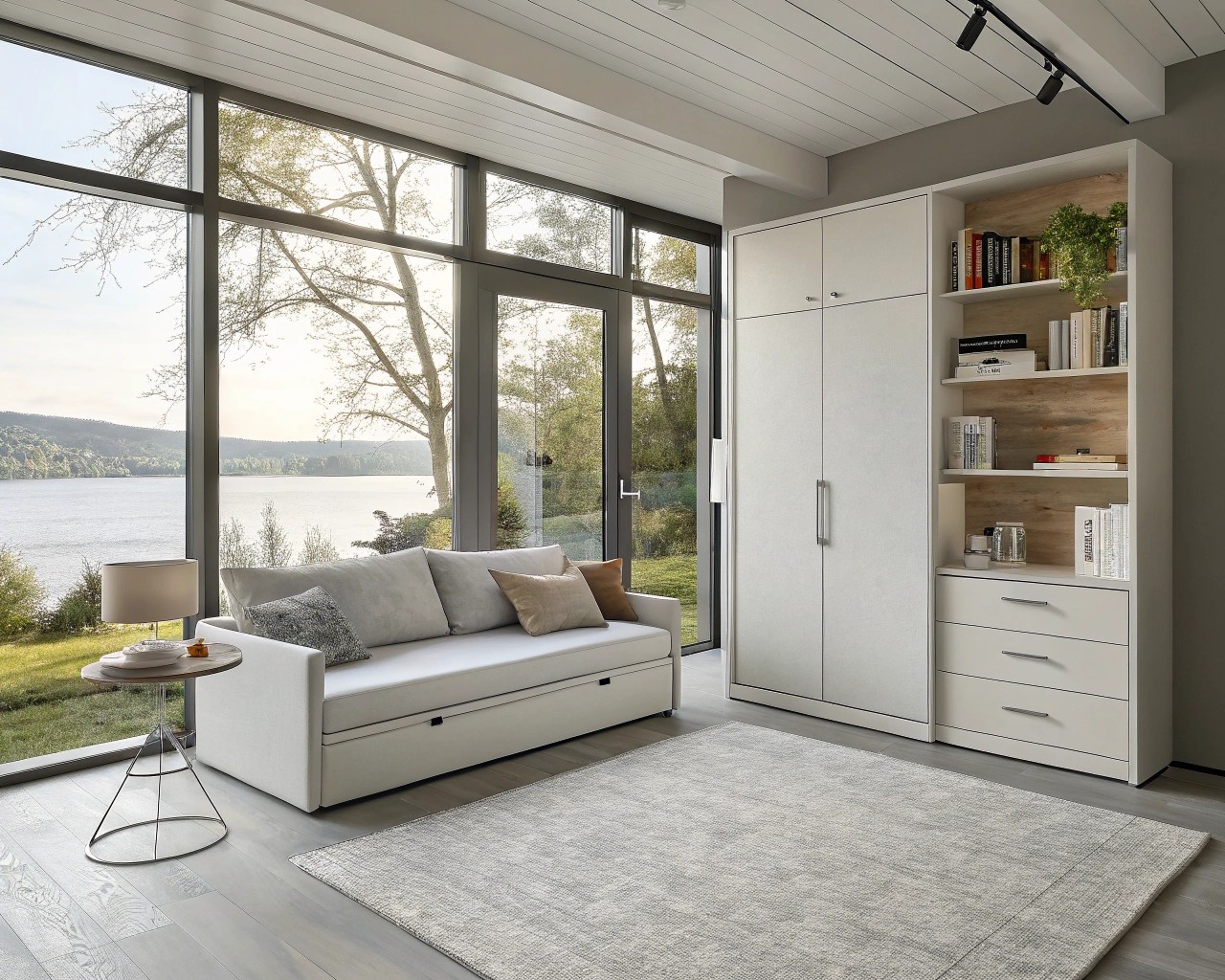
The concept of versatile furniture has gained significant momentum in modern interior design, driven by smaller living spaces and a growing appreciation for sustainable living practices. Multi-functional furniture refers to pieces designed to serve more than one purpose, maximizing utility while minimizing spatial footprint. This approach isn’t just about saving space—it’s about creating a more intentional, organized, and aesthetically pleasing environment.
In my experience working with clients across various home sizes, I’ve observed that the most successful spaces incorporate furniture that can adapt to changing needs throughout the day. The global multifunctional furniture market was valued at approximately $7.21 billion in 2023 and is projected to reach $11.21 billion by 2030, reflecting the increasing demand for these adaptable solutions.
The Three Most Versatile Furniture Pieces
1. Storage Ottoman: The Ultimate Space Optimizer
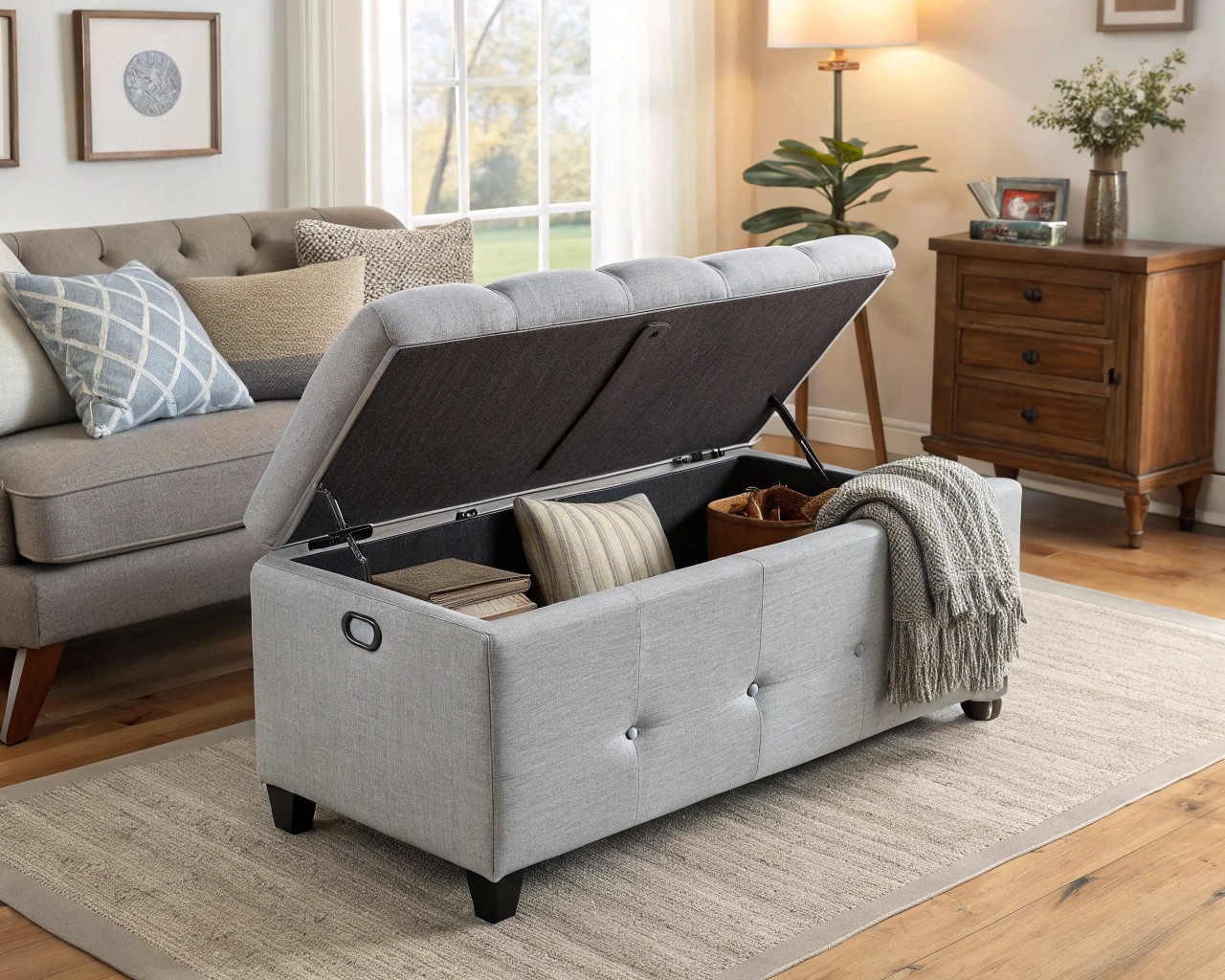
The storage ottoman stands as perhaps the most versatile piece in any home. Storage ottomans feature hidden compartments beneath their cushioned tops, providing a discreet solution for stashing away blankets, magazines, or remote controls. This multifunctional piece offers both seating and storage in one compact design.
Five Primary Uses for Storage Ottomans:
| Purpose | Application | Design Considerations |
|---|---|---|
| Footrest | Elevate feet for improved circulation and comfort | Height should be 20cm lower than sofa for optimal ergonomics |
| Coffee Table | Surface for beverages, books, and decorative items | Add a decorative tray for stability and style |
| Extra Seating | Accommodate additional guests without visual bulk | Choose firm cushioning for comfortable seating |
| Storage Solution | Hide blankets, pillows, toys, and miscellaneous items | Organize contents with internal dividers or baskets |
| Room Divider | Create defined spaces in open floor plans | Position strategically to maintain traffic flow |
The beauty of storage ottomans lies in their aesthetic elegance and ability to blend with various interior design styles. Whether your space features classic or contemporary elements, an ottoman can serve as either a statement piece or a subtle enhancement to the room’s overall design.
2. Bench: The Flexible Foundation
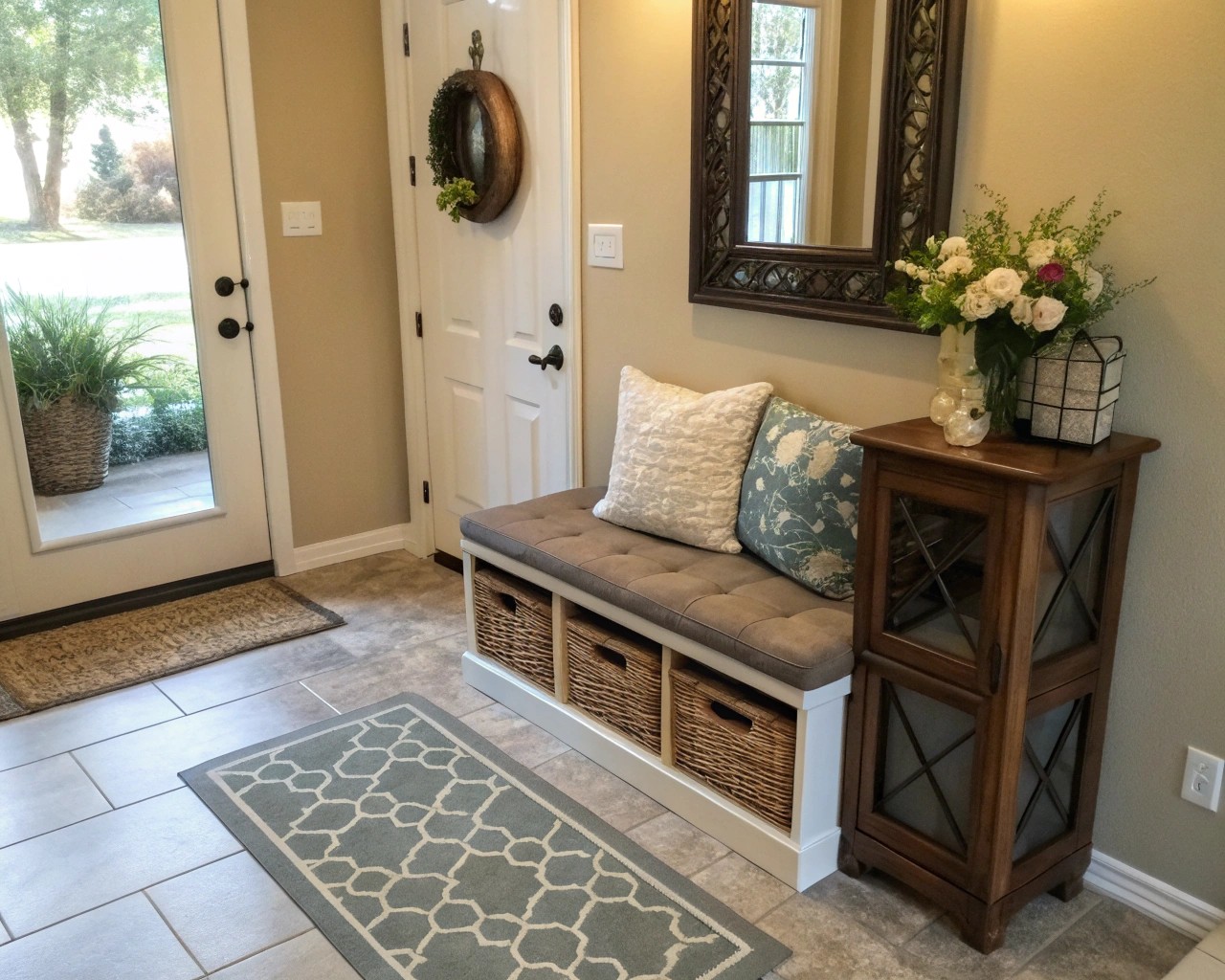
Benches offer remarkable versatility across different rooms and functions. Unlike traditional seating, benches can be easily repositioned and serve multiple household needs simultaneously.
Five Primary Uses for Benches:
| Purpose | Application | Design Considerations |
|---|---|---|
| Dining Seating | Accommodate varying numbers of diners | Choose appropriate height for table (typically 18 inches) |
| Bedroom Storage | Organize linens and clothing at foot of bed | Ensure adequate lift support for heavier items |
| Entryway Organization | Provide seating while putting on shoes | Include storage for frequently used items |
| Workspace Surface | Temporary desk or crafting area | Consider appropriate height for intended tasks |
| Display Platform | Showcase plants, artwork, or decorative objects | Ensure structural integrity for displayed items |
When selecting a bench, consider the multi-functional furniture principle of choosing pieces that can adapt to your changing needs. A well-chosen bench can transform from morning coffee companion to evening reading nook with minimal effort.
3. Bookshelf: The Vertical Solution
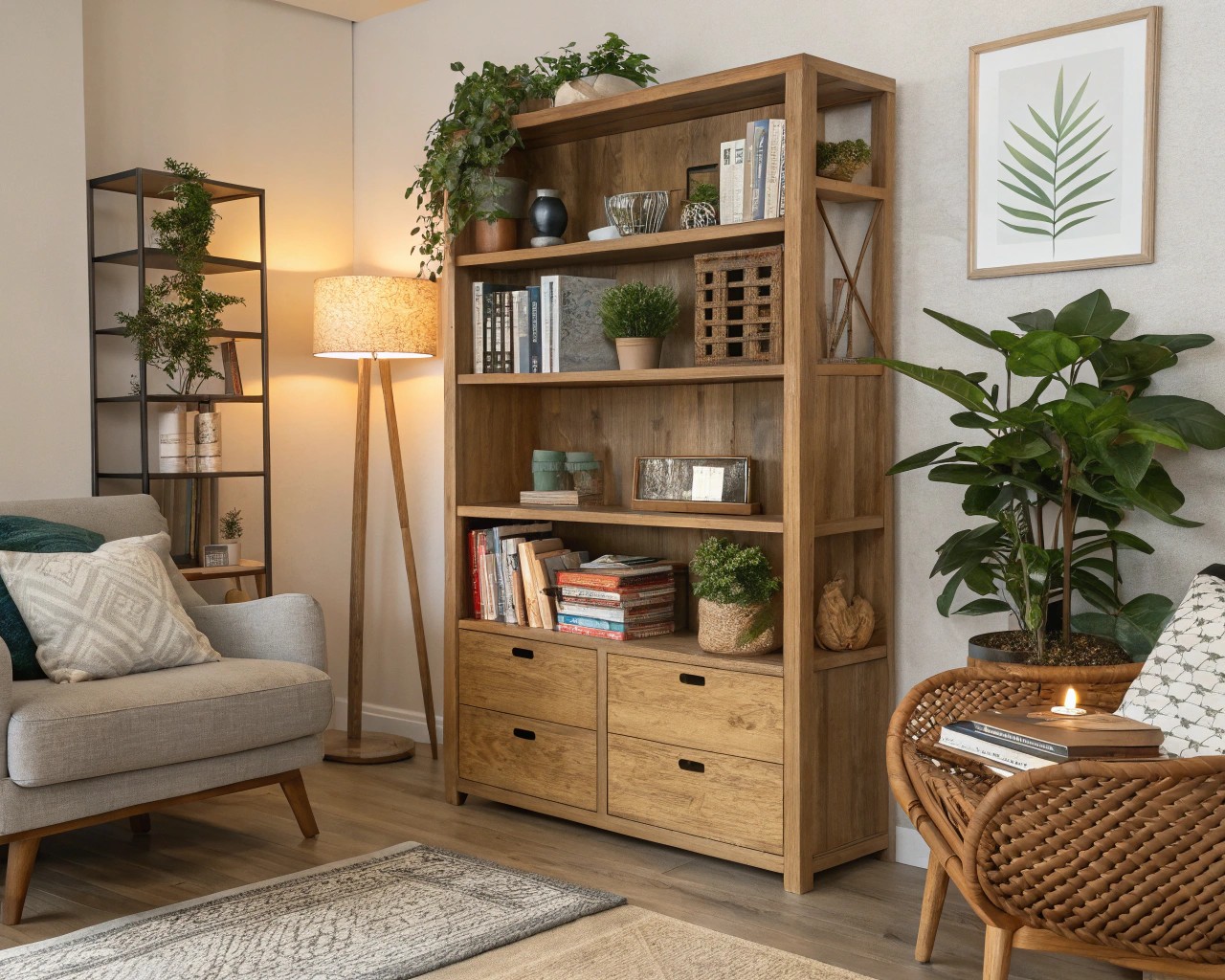
Modern bookshelves extend far beyond book storage, serving as comprehensive organizational systems for any room in the home.
Five Primary Uses for Bookshelves:
| Purpose | Application | Design Considerations |
|---|---|---|
| Display Unit | Showcase books, collections, and decorative items | Balance visual weight across shelves |
| Room Divider | Create separate spaces in open floor plans | Choose appropriate height for intended division |
| Kitchen Storage | Organize cookbooks, utensils, and dinnerware | Ensure easy access to frequently used items |
| Office Organization | Store files, supplies, and equipment | Incorporate closed storage for professional appearance |
| Bathroom Storage | Hold towels, toiletries, and essentials | Consider moisture-resistant materials |
The key to successful bookshelf utilization lies in creating functional zones within the structure. Mix open and closed storage to maintain visual interest while keeping frequently used items accessible.
Professional Implementation Strategies
Space Planning Fundamentals
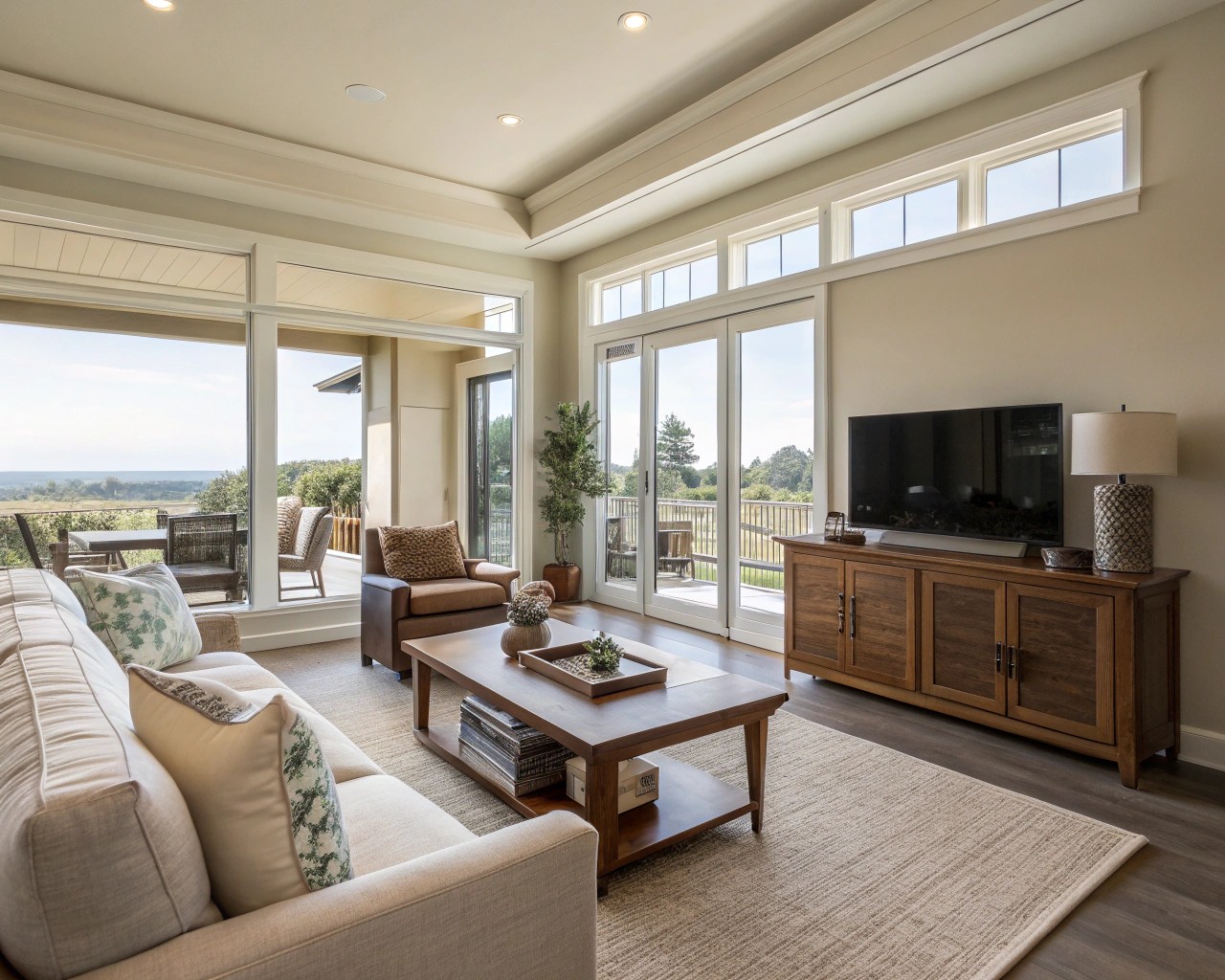
Effective furniture arrangement begins with understanding your space’s flow and function. Before repositioning any piece, measure your room dimensions and identify the locations of doors, windows, and electrical outlets. This foundational step ensures that your multi-functional furniture enhances rather than impedes daily activities.
I recommend maintaining at least 30 to 36 inches between large furniture pieces to ensure comfortable navigation. In smaller spaces, you can reduce this to 24 inches, but optimal circulation requires the larger measurement.
Creating Focal Points and Balance
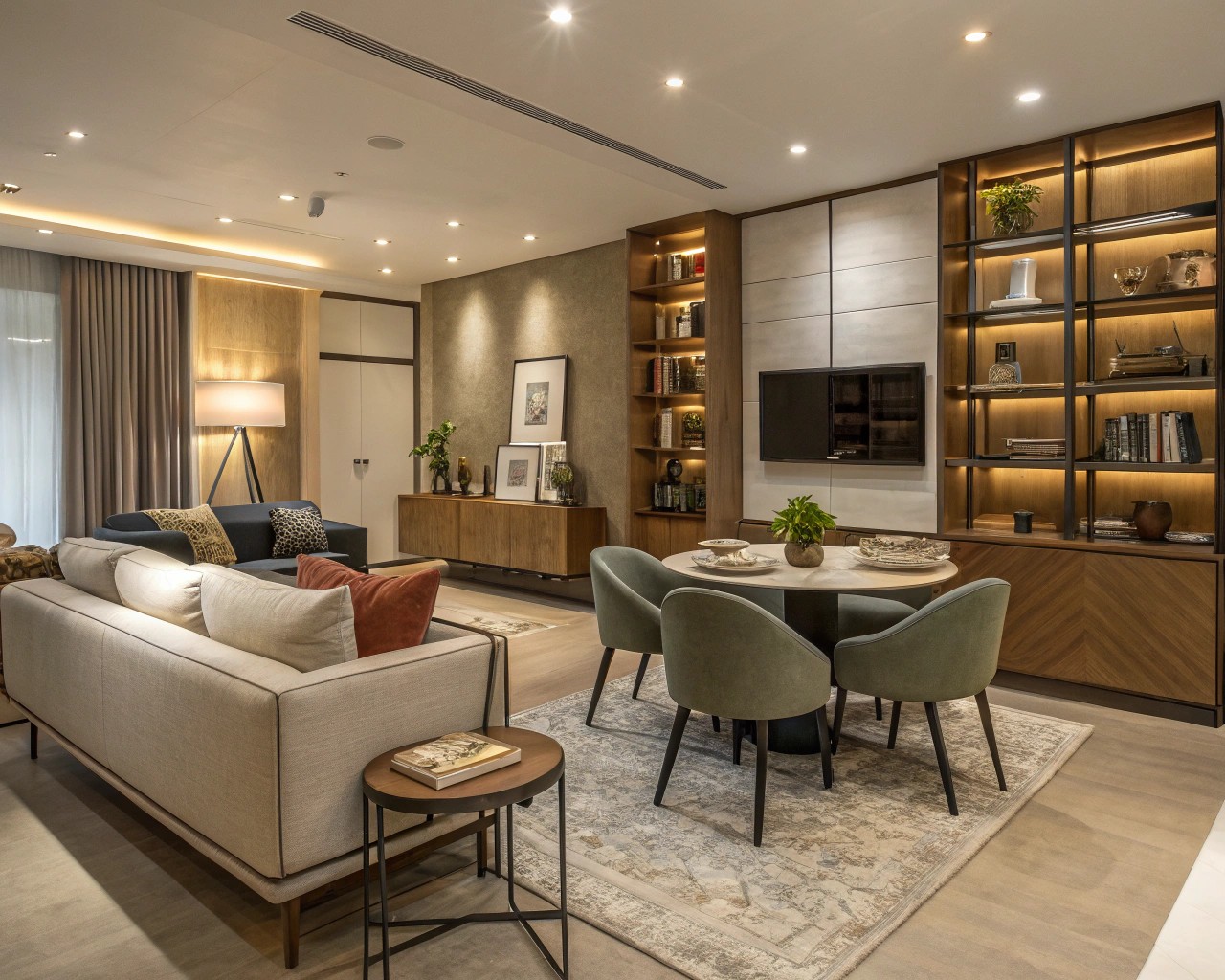
Every room benefits from a focal point that draws the eye and anchors the space. Your versatile furniture can serve this purpose while maintaining functionality. Position your most visually interesting piece—whether an elegantly upholstered ottoman or a beautifully styled bookshelf—to create this necessary anchor point.
Balance in furniture arrangement involves distributing visual weight evenly across the room. Avoid grouping all small or large pieces in one area, as this creates an unsteady feeling. Instead, mix different sizes and heights to achieve visual harmony.
Lighting and Ambiance
Proper lighting is crucial for showcasing your multi-functional furniture’s versatility. Layer different types of lighting—ambient, task, and accent—to highlight the various uses of each piece throughout the day. A floor lamp positioned near your ottoman-as-coffee-table creates warm reading light, while under-shelf lighting transforms your bookshelf into an architectural feature.
Adapting to Changing Needs
Seasonal Flexibility
One of the greatest advantages of multi-functional furniture is its ability to adapt to seasonal changes. Your storage ottoman might hold heavy blankets in winter and lightweight throws in summer. Similarly, bookshelves can transition from housing holiday decorations to showcasing summer reading collections.
Lifestyle Evolution
As your household needs change, versatile furniture evolves with you. The bench that serves as extra dining seating during entertaining can become a meditation space during quieter periods. This adaptability eliminates the need for constant furniture replacement, supporting both sustainability and budget consciousness.
Maintenance and Longevity
Quality Investment Principles
When selecting multi-functional furniture, prioritize quality over quantity. A well-constructed piece that serves multiple purposes will outlast several single-function items while providing better value over time. Look for solid wood construction in benches and bookshelves, and high-quality upholstery in ottomans.
Care and Preservation
Regular maintenance ensures your versatile furniture continues serving multiple functions effectively. Rotate cushions on ottomans to prevent uneven wear, and reorganize bookshelf contents periodically to prevent sagging. These small actions preserve both function and appearance.

